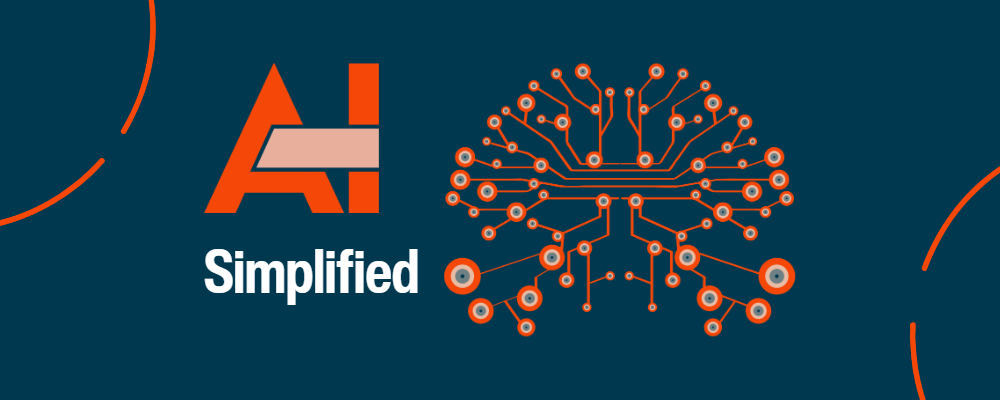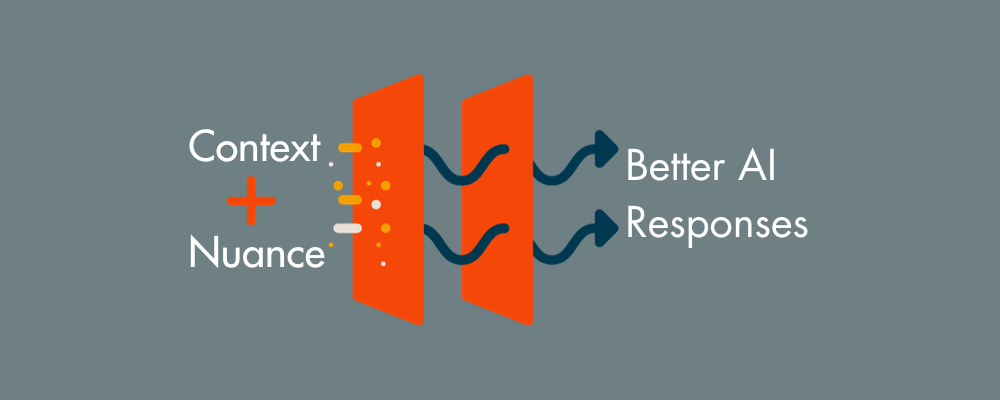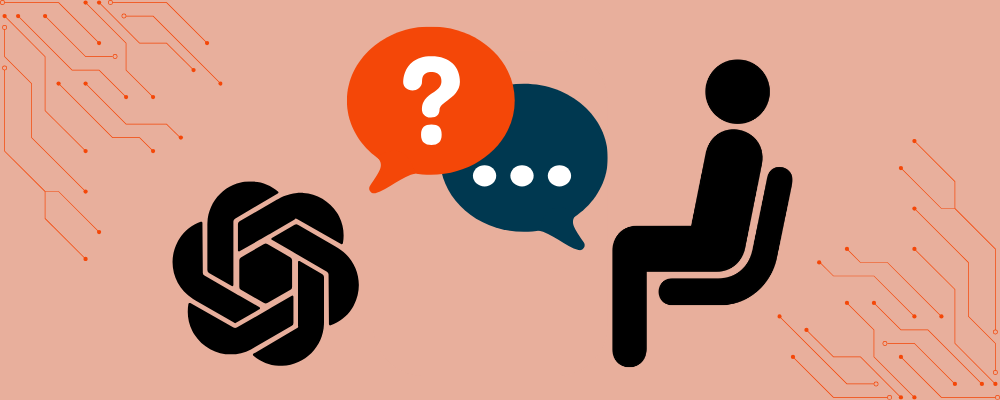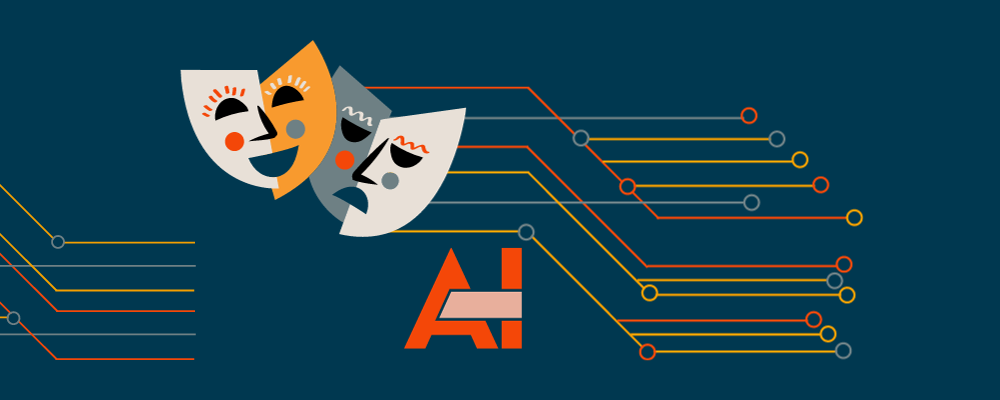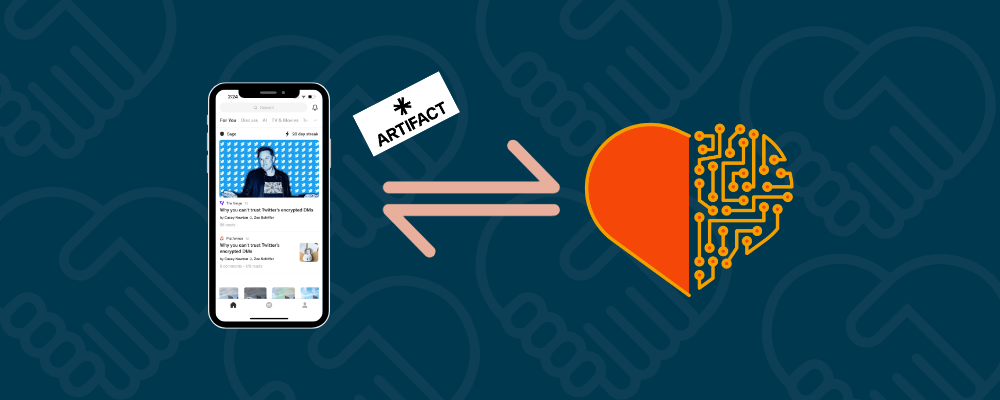AI Simplified: A Practical Guide to the Technology Reshaping Our World
Artificial Intelligence is the invisible force that’s changing how we live, work, and play. And it’s about to take center stage in our lives.
For us to navigate this brand-new world, we need to understand it better – and fast. So, I’ve created this simple guide to cover the basics we can’t afford to ignore.
What is Artificial Intelligence, exactly?
Artificial Intelligence or AI is a field of computer science that teaches machines to think, learn, and solve problems just like humans do.
AI is powered by complex algorithms and machine learning, which helps to analyze vast amounts of data to find patterns that humans might miss. AI can handle tasks that typically require human intelligence, like visual perception, speech recognition, language translation, and decision-making.
Machine Learning: The Driving Force Behind AI
Machine learning is a type of AI that enables computers to learn from past data and make better decisions and predications in the future – all without programming. Unlike traditional computers which can’t fix problems on their own, machine learning allows machines to continuously adapt and improve over time.
Imagine teaching a computer to tell the difference between cats and dogs. You’d feed the machine learning algorithm with labeled images of both animals. The program then spots patterns and features that help distinguish cats from dogs. As the algorithm processes more data, it becomes better at recognizing and categorizing new, unlabeled images.
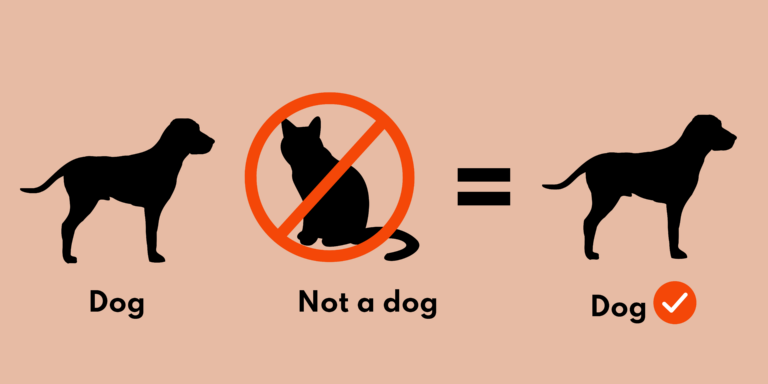
AI in Everyday Life
AI is everywhere, and it’s already revolutionizing industries like healthcare, finance, and transportation. You’ve probably interacted with AI without even realizing it. Here are a few examples:
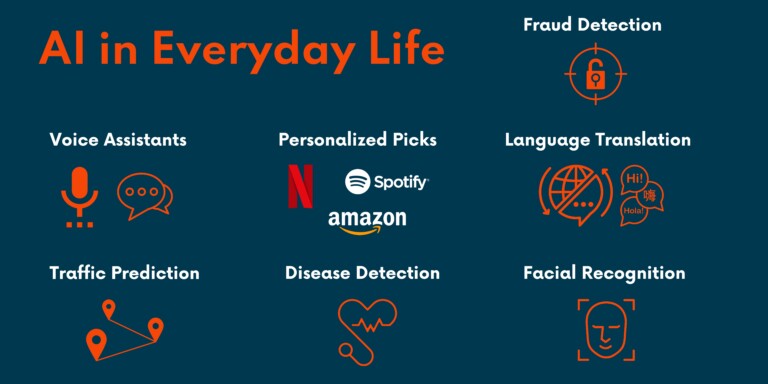
So, the next time you marvel at your phone’s ability to understand your voice commands or an app that predicts the weather with uncanny precision, remember: it’s not magic—it’s AI, learning and adapting at an astonishing pace.
Different Types of AI: Narrow AI vs. General AI
Not all AI is created equal. In fact, there are two main types of AI: Narrow AI and General AI.
Generative AI
Generative AI is a type of artificial intelligence that creates new, original content by learning from existing data.
It studies and analyzes patterns in the data and produces new outputs with a human-like touch. The content can take the form of text, images, audio, music, videos, code, or even entire virtual worlds.
What are Large Language Models (LLMS)?
LLMs are the ‘brains’ of generative AI tools.
They’ve been trained on massive sets of data collected from the internet to develop a deep understanding of patterns and structures of language. They use these patterns and connections between words to predict the next word or phrase in a sentence, like a fancy version of autocomplete.
They’re basically highly sophisticated “language prediction machine.”
The quality and type of training data has a substantial influence over the accuracy and quality of output for each model. And the source and exposure of training data can impact the level of risk involved with using this technology for business (because of copyright and intellectual property concerns).
LLMs continue to learn as they encounter new data through fine-tuning and prompting.
Examples of Generative AI in Action
The world of generative AI is vast and ever-growing. Here are a few examples of how this technology is making waves:
Generative AI is reshaping the creative landscape and the best part is that it’s an equalizer. It makes creativity accessible to everyone, even those without traditional artistic or technical skills. But it also raises concerns about authenticity, copyright, and potential misuse. So, as AI becomes more mainstream, we need to set guidelines for responsible use.
One Caveat: Though many current AI-powered tools boast of their capacity to serve business objectives, few are truly equipped to meet the needs. But they’re evolving at an astonishing pace.
The Dark Side of AI: Navigating the Challenges, Risks and Ethical Dilemmas
The future of AI is both exciting and daunting. Like any other emergent and powerful technology, AI comes with its fair share of challenges, risks, and ethical dilemmas.
So, where do we go from here? As AI gets integrated into every aspect of our lives, the most pressing question is: How do we shape the future of AI so that it serves humanity and not the other way around? The key lies in the delicate balance of embracing the complexities and possibilities while addressing the potential risks.
And for that, we all – developers, businesses, governments and the rest of us – need to keep the conversation going and work together to ensure transparency and ethical development.

